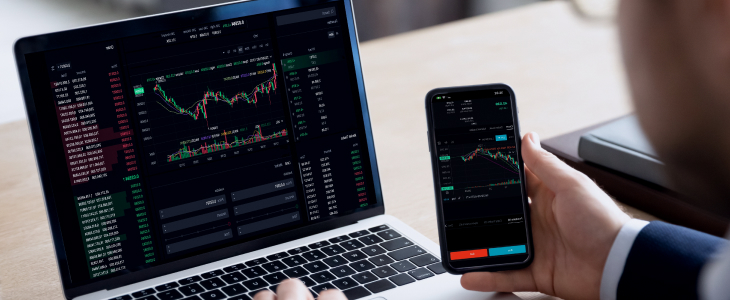
In the fast-paced world of Forex trading, timing and decision-making can significantly impact your success. Utilizing forex trading signals Best South African Brokers to access quality Forex trading signals can be a game-changer, providing vital information that influences trading decisions. In this article, we will explore what Forex trading signals are, their types, their benefits, and how to effectively integrate them into your trading strategy.
What Are Forex Trading Signals?
Forex trading signals are actionable insights or indicators that help traders identify optimal times to buy or sell currency pairs. These signals can be generated by human analysts or automated systems (algorithms) based on complex mathematical models, technical analysis, and historical data.
Types of Forex Trading Signals
There are two primary types of Forex trading signals: fundamental signals and technical signals.
1. Fundamental Signals
Fundamental signals are derived from economic indicators and financial news affecting currency prices. For example, interest rate changes, employment reports, GDP growth rates, and geopolitical events can all influence Forex markets. Traders who follow fundamental signals often pay attention to economic calendars and major news events.
2. Technical Signals
Technical signals are generated using chart patterns, indicators, and historical price data. These signals often include buy or sell recommendations based on trends, support and resistance levels, or specific chart patterns. Common technical indicators include moving averages, the Relative Strength Index (RSI), and Fibonacci retracement levels.
Benefits of Using Forex Trading Signals
Incorporating Forex trading signals into your trading strategy offers several advantages:
1. Enhancing Decision-Making
Forex signals provide clarity and direction, enabling traders to make informed decisions rather than relying solely on gut feelings or intuition. Having a predefined strategy based on signals can help minimize emotional trading.
2. Time-Saving

Analyzing the Forex market can be time-consuming and requires extensive knowledge. Trading signals allow traders to save time by providing concise, actionable recommendations, enabling them to focus on other aspects of their trading strategy.
3. Accessibility
Many Forex signal providers offer their services through trading platforms, mobile apps, and social media, making it easier for traders to access real-time information on the go. This accessibility can be especially beneficial for those who cannot dedicate significant time to market analysis.
4. Improved Profitability
By using well-researched Forex trading signals, traders can increase their chances of making profitable trades. Quality signals based on accurate analysis can lead to better entries and exits in the market, ultimately enhancing overall trading performance.
How to Choose the Right Forex Trading Signal Provider
With a plethora of Forex signal providers available, selecting the right one can be a daunting task. Here are some tips to help you choose the best provider:
1. Reputation and Track Record
Look for providers with a solid reputation and proven track record. Read reviews, check testimonials, and consider providers who share their performance data transparently.
2. Quality of Signals
Assess the accuracy and success rate of the signals provided. A reputable provider should have a history of generating profitable signals while being upfront about the risks involved in trading.
3. Cost
While some Forex signals are offered for free, premium services can provide more detailed insights and higher-quality signals. Evaluate whether the cost aligns with the value you receive and fits within your budget.
4. Customer Support

Good customer support is essential, especially for beginners. Opt for a provider that offers reliable customer service to address any queries or concerns you may have.
5. Additional Resources
Some providers offer additional resources such as educational content, market analysis, webinars, and community forums. These resources can complement your trading skills and knowledge.
Integrating Forex Trading Signals into Your Strategy
Once you’ve chosen a Forex trading signal provider, it’s crucial to integrate the signals effectively into your overall trading strategy:
1. Open a Trading Account
To start trading with signals, you’ll need a trading account with a broker. Choose a broker that supports the currency pairs you want to trade and offers a user-friendly trading platform.
2. Set Trading Parameters
Before executing trades based on signals, determine your risk tolerance and set parameters such as stop-loss levels and take-profit targets. This approach helps to manage risk and protect your capital.
3. Monitor Market Conditions
Despite having signals, it’s essential to continuously monitor market conditions. Economic events or sudden news can impact the effectiveness of signals, so staying informed is crucial.
4. Evaluate Performance
Regularly review the performance of your trades based on the signals. Evaluating what works and what doesn’t can help you refine your strategy over time, allowing for even better decision-making in future trades.
Conclusion
Forex trading signals can significantly enhance your trading experience by providing valuable insights for buying and selling currency pairs. By understanding the various types of signals, evaluating providers carefully, and integrating them effectively into your trading strategy, you can increase your chances of success in the competitive Forex market. Remember to continuously educate yourself and adapt your strategies based on market developments and performance reviews.
